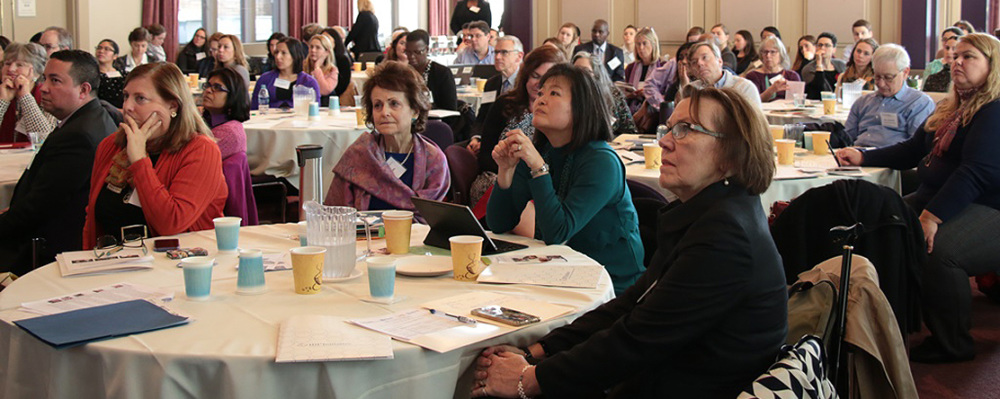
Teen Dating Violence: Keeping California Adolescents Safe in Their Relationships
-
Focus Areas
Alcohol, Tobacco, Drugs & Mental Health, Women, Youth & Children -
Issues
Violence Prevention -
Programs
California Adolescent Health Collaborative

 Teen dating violence is a major adolescent health concern. Youth ages 16 to 24 experience the highest per capita rate of intimate partner violence of any age group—a rate nearly triple the national average. Younger adolescents are also at risk: a recent study found significant levels of abusive behavior in “tween” (ages 11to14) dating relationships, and teens report that abusive behavior increases dramatically in the later teen years.
Teen dating violence is a major adolescent health concern. Youth ages 16 to 24 experience the highest per capita rate of intimate partner violence of any age group—a rate nearly triple the national average. Younger adolescents are also at risk: a recent study found significant levels of abusive behavior in “tween” (ages 11to14) dating relationships, and teens report that abusive behavior increases dramatically in the later teen years.
Teen dating violence does not occur in a vacuum. It is the result of social attitudes and practices that normalize unhealthy behaviors in interpersonal relationships. Adolescents are often pressured to conform to masculine or feminine gender roles that reinforce unequal power and control between dating partners. Peers, family, adults, media, and personal experiences can directly or indirectly condone the use of abuse.
Unfortunately, many teen dating behaviors, such as extreme jealousy or possessiveness, are considered normal. Adolescence is a critical time in developing lifelong behaviors, attitudes, and expectations about intimate relationships. Teens who are in abusive relationships have a higher likelihood of being in abusive relationships as adults. Teen dating violence is associated with increased risk of substance use, unhealthy weight control behaviors, sexual risk behaviors, pregnancy, and suicide.
Without adequate information and support, teens are likely to continue the cycle of violence into their adult lives. By preventing and intervening in abusive relationships in adolescence, we can help ensure a healthier future for our youth. Adolescence is a crucial opportunity to reinforce attitudes about equality and respect in relationships.
Download the brief, written by PHI's California Adolescent Health Collaborative.
Adolescence is critical time in developing lifelong behaviors, attitudes, and expectations about intimate relationships. By preventing and intervening in abusive relationships during adolescence, we can help ensure a healthier future for our youth.
Teen dating violence is a public health epidemic that requires a range of prevention and intervention strategies. Because teen dating violence is pervasive, it is critical to develop a comprehensive approach that includes the education and healthcare fields. The needs of the teens themselves, as well as their families and communities, must be considered. Learn more.
Work With Us
You change the world. We do the rest. Explore fiscal sponsorship at PHI.
Support Us
Together, we can accelerate our response to public health’s most critical issues.
Find Employment
Begin your career at the Public Health Institute.


